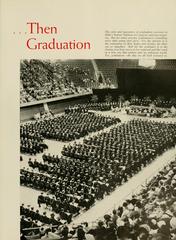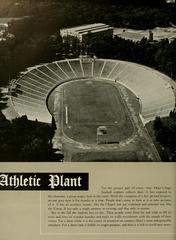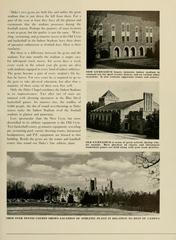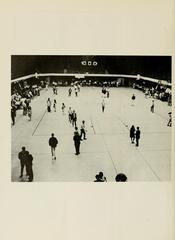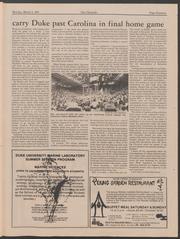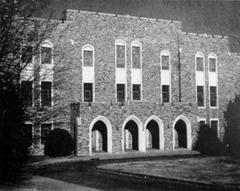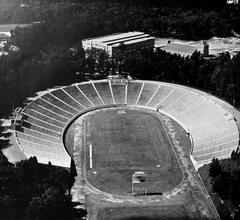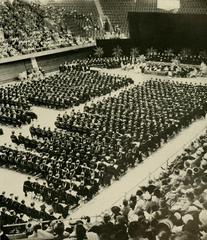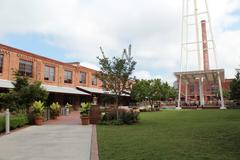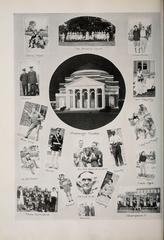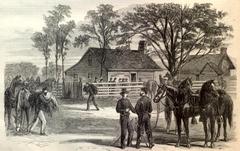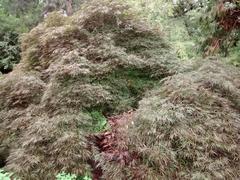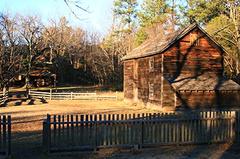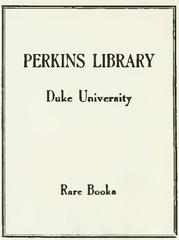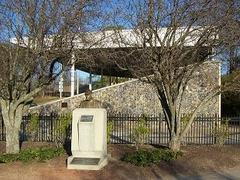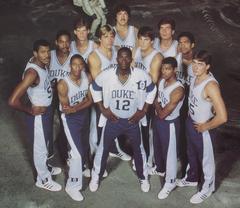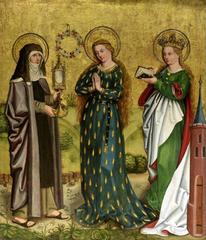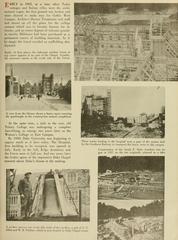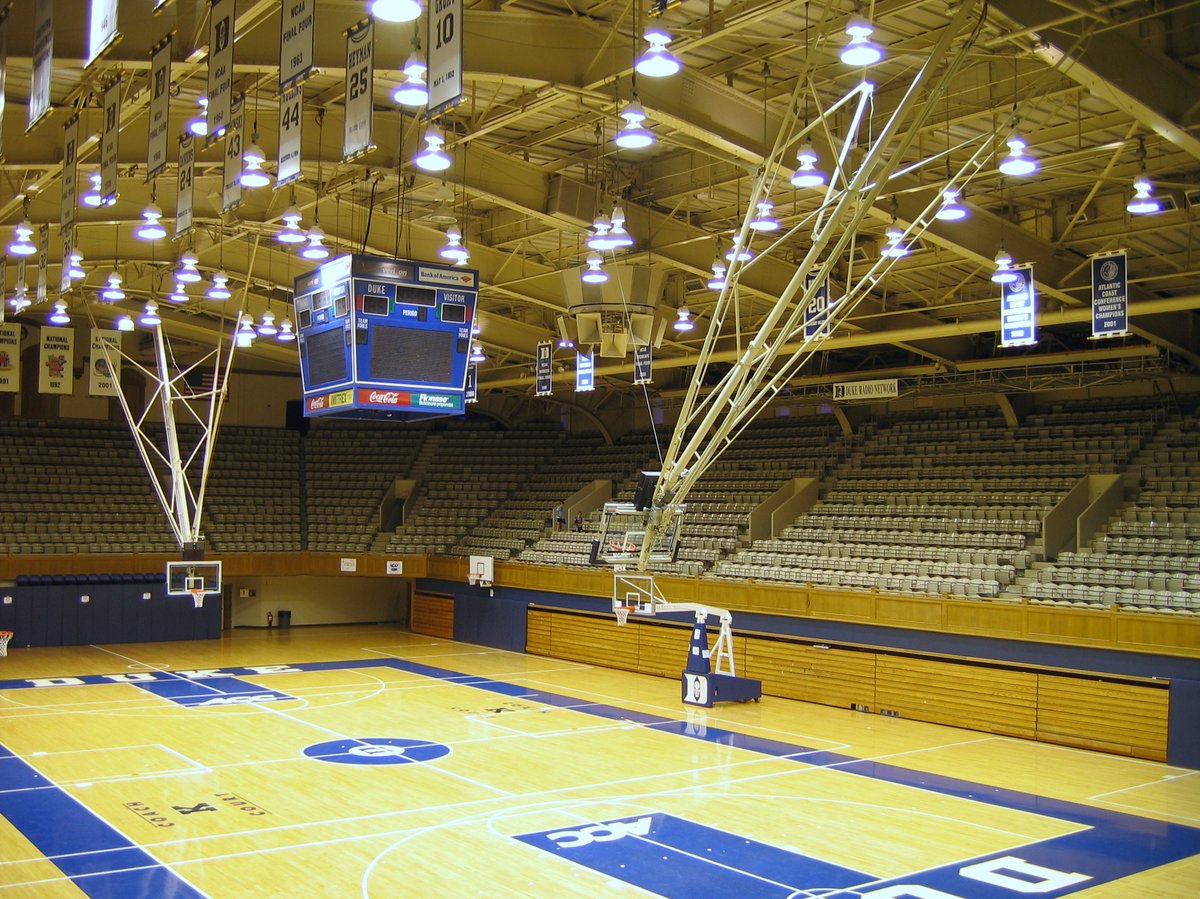
Cameron Indoor Stadium Visiting Hours, Tickets, and Durham Historical Sites Guide
Date: 14/06/2025
Introduction to Cameron Indoor Stadium and Its Significance
Cameron Indoor Stadium, located in the heart of Durham, North Carolina, is not only the revered home court of the Duke University Blue Devils but also a historic and architectural landmark. Designed by Julian Abele—the first African-American graduate of the University of Pennsylvania’s architecture program—this iconic venue opened in 1940 and quickly became a symbol of excellence in college basketball. Its unique blend of Collegiate Gothic architecture, storied traditions, and the passionate “Cameron Crazies” make it a bucket-list destination for sports fans and history enthusiasts alike (Duke Athletics; Huff Sports). This comprehensive guide covers everything you need to know about visiting Cameron Indoor Stadium—from its historical roots and game-day atmosphere to practical details on tickets, tours, accessibility, and nearby Durham attractions.
Table of Contents
- Origins and Architectural Vision
- Naming and Early Years
- Renovations and Modernization
- The Cameron Crazies and Home-Court Mystique
- Historic Moments and Cultural Impact
- Visiting Hours, Tickets, and Tours
- Special Events and Photo Opportunities
- Transportation, Parking, and Accessibility
- Exploring Durham Historical Sites Nearby
- Game Day Experience and Tips
- Frequently Asked Questions (FAQ)
- Conclusion and Resources
Origins and Architectural Vision
Cameron Indoor Stadium stands at 115 Whitford Dr, Durham, NC, as a testament to the ambition of Duke University and the evolution of American collegiate athletics. Conceived in 1935 and opened in January 1940, the stadium was designed by Julian Abele, a trailblazing African-American architect at the Horace Trumbauer firm. Abele’s vision merged the English Gothic style of Duke’s West Campus with innovative engineering, resulting in a structure focused on intimacy and spectator experience (Discover Durham). At its opening, it was the largest arena in the South, originally seating 8,800 (now 9,314), yet it remains one of the smallest in Division I—a key to its intense atmosphere (Wikipedia).
The stadium’s soaring trusses, exposed steel beams, and compact bowl foster a sense of unity and excitement. Its stone façade and Gothic arches evoke the feeling of a collegiate cathedral, while the close quarters create an electrifying setting for both athletes and fans (Itinerant Fan). For decades, Abele’s contributions were overlooked due to racial segregation, but today his legacy is celebrated as central to Duke’s identity (WUNC).
Naming and Early Years
Originally known as Duke Indoor Stadium, the venue was renamed in 1972 to honor Eddie Cameron—a legendary coach and athletic director whose leadership helped shape Duke’s athletic reputation (Wikipedia). From the start, the arena served as an epicenter for sports and university life, hosting basketball, volleyball, and large campus events. In the 1940s and 1950s, it also welcomed prominent musicians like Glenn Miller and Benny Goodman, reinforcing its role as a gathering place for the entire Duke community (Duke Today).
Renovations and Modernization
Over the decades, Cameron Indoor Stadium has undergone several renovations to enhance the fan and athlete experience while preserving its historic integrity. The 1988 renovation added new seating, updated locker rooms, and improved amenities (Google Space). Further upgrades in 2009 introduced ADA-compliant facilities, modern video boards, and improved lighting (Discover Durham). Recent enhancements include new hospitality spaces and high-definition display systems, ensuring the stadium remains a state-of-the-art, yet historically rich, venue (Ball Durham).
The Cameron Crazies and Home-Court Mystique
The stadium’s legendary atmosphere is powered by the “Cameron Crazies”—over 3,000 passionate Duke students whose costumes, chants, and relentless energy make Cameron Indoor one of the most intimidating venues in college basketball (Discover Durham). The Crazies’ proximity to the court and their creative spirit give Duke a formidable home-court advantage. This has translated to an exceptional winning record at home, including a remarkable 46-game winning streak in the 1999–2000 season (Goduke).
A unique Cameron tradition is “Krzyzewskiville” or “K-Ville,” where students camp outside the stadium in tents for weeks to secure coveted seats to major games, especially the Duke-UNC rivalry (Medium).
Historic Moments and Cultural Impact
Cameron Indoor Stadium has been the backdrop for many of basketball’s greatest moments, from buzzer-beaters to epic rivalry showdowns with UNC (Google Space). The stadium has hosted Coach Mike Krzyzewski’s milestone victories, including his 1,000th win, and has seen the rise of basketball icons like Shane Battier and J.J. Redick (Huff Sports; 9minSport).
Beyond sports, the stadium has hosted legendary concerts by the Rolling Stones, Frank Sinatra, Bob Dylan, and Kendrick Lamar (Duke Today), underscoring its cultural significance. Its walls and corridors are a living archive, displaying portraits, memorabilia, and interactive exhibits chronicling its journey from a segregated past to a symbol of inclusion and achievement.
Visiting Hours, Tickets, and Tours
Visiting Hours:
- On game days, doors open 60–90 minutes before tip-off.
- On non-game days, guided tours are available by appointment, typically Monday–Friday, 9:00 AM–5:00 PM.
- Hours may change for holidays and special events; confirm via official Duke Athletics website.
Tickets:
- Tickets for Duke basketball games are in high demand, especially for marquee matchups.
- Purchase tickets through the Duke Athletics ticket portal.
- Student tickets and group rates are available for select games.
- For high-demand games, early purchase is strongly recommended.
Guided Tours:
- Tours highlight the stadium’s architecture, history, and basketball legacy.
- Appointment required; book in advance for best availability.
Special Events and Photo Opportunities
Cameron Indoor Stadium hosts more than basketball, including volleyball matches, concerts, and university events (Duke Today). Guided tours and non-game day access offer unique photo opportunities—don’t miss the stone façade, Gothic arches, championship banners, and “Coach K Court.”
Transportation, Parking, and Accessibility
Getting There:
- Address: 115 Whitford Dr, Durham, NC 27705.
- Accessible by car, rideshare, or public transportation (thetouristchecklist.com).
Parking:
- Limited on game days; arrive early.
- Several campus lots and shuttle services are available.
- Review venue parking info.
Accessibility:
- Stadium is ADA-compliant, with accessible seating, entrances, restrooms, ramps, and elevators.
- Contact Duke Athletics in advance for specific needs.
Exploring Durham Historical Sites Nearby
Complement your stadium visit with these Durham highlights:
- Duke Chapel: Iconic Collegiate Gothic church nearby.
- Sarah P. Duke Gardens: 55 acres of beautiful botanical gardens.
- Nasher Museum of Art: Contemporary and classical art collections.
- Brightleaf Square: Historic district with shops and dining.
- Durham Central Park: Community events and local markets.
These destinations provide a broader sense of Durham’s rich history and vibrant culture.
Game Day Experience and Tips
- Arrive Early: Experience pregame rituals and avoid parking delays.
- Join the Cameron Crazies: Embrace the legendary student section’s energy.
- Dress Comfortably: The crowd is lively and seating is close—wear comfortable clothes.
- Photography: Capture moments at “Coach K Court” and with championship banners (personal cameras allowed; restrictions may apply during events).
- Explore the Campus: Take time to visit the gardens, chapel, and museums.
For schedules, ticketing, and event information, consult the official Duke Athletics site.
Frequently Asked Questions (FAQ)
Q: Can I visit Cameron Indoor Stadium when there is no game?
A: Yes, guided tours are available by appointment during non-game days.
Q: How do I buy tickets?
A: Purchase through the Duke Athletics ticket portal or at the box office, if available.
Q: Is the stadium accessible for people with disabilities?
A: Yes, there are accessible facilities and seating. Contact guest services for assistance.
Q: Are cameras allowed inside?
A: Personal cameras are permitted for non-commercial use. Restrictions apply during games or events.
Q: What are my parking options?
A: Use designated campus lots; parking is limited on game days. Rideshare and public transit are recommended alternatives.
Conclusion: Plan Your Visit to Cameron Indoor Stadium
Cameron Indoor Stadium remains a quintessential destination for experiencing the fusion of historic architecture, sports tradition, and vibrant community spirit. Its enduring legacy, shaped by the vision of Julian Abele and a culture of excellence, continues to inspire visitors from around the world. Whether you’re a basketball devotee, history buff, or Durham explorer, Cameron Indoor Stadium promises an unforgettable experience.
For up-to-date schedules, ticket details, and events, visit the official Duke Athletics website. Share your experiences on social media using #CameronIndoorStadium, and immerse yourself in this living museum of basketball and culture.
Suggested Visuals
Sources and Further Reading
- Cameron Indoor Stadium: A Historic Durham Landmark for Sports and Visitors (Duke Athletics)
- Cameron Indoor Stadium: Visiting Hours, Tickets, and Historic Significance in Durham (Huff Sports)
- Cameron Indoor Stadium Visiting Hours, Tickets, and Historical Insights (WUNC)
- Cameron Indoor Stadium Visitor Guide (thetouristchecklist.com)
- Discover Durham: Cameron Indoor Stadium Directory (Discover Durham)
- Musicians Rocked Duke (Duke Today)
- Five Reasons Cameron Indoor Stadium is the South’s Most Iconic Basketball Venue (Garden & Gun)
- Duke’s Iconic Tenting Tradition (Medium)
- Duke Basketball Getting Massive Upgrade at Cameron Indoor Stadium (Ball Durham)

